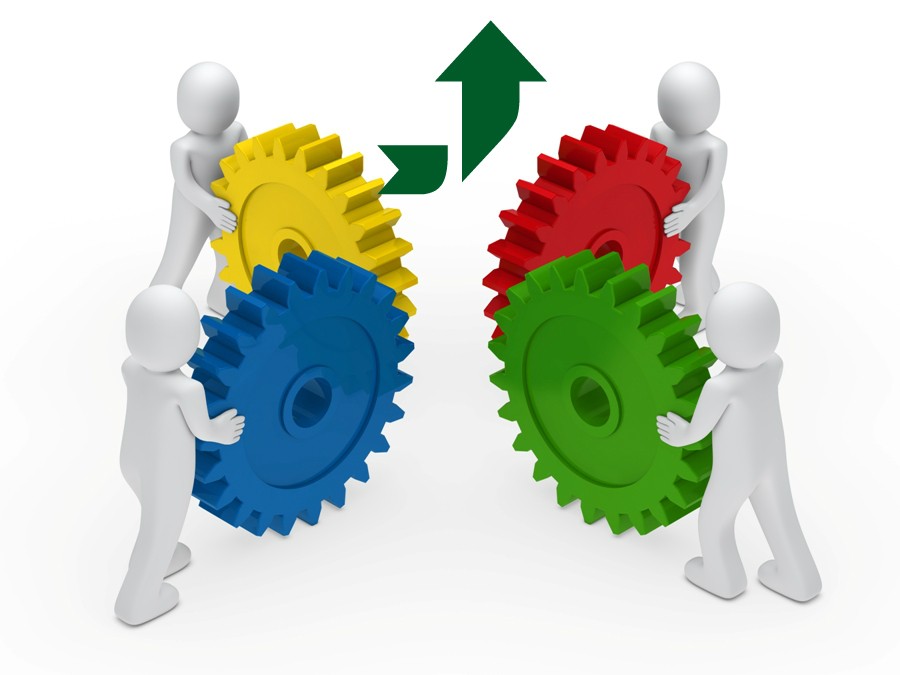Managing Diversity and Growth
By: Together Abroad 06-02-2017
Categories:** HR Diversity Management,

Despite different approaches and methods in diversity research, the more generally accepted findings are that diversity can be seen as surface level diversity (e.g. race, sex and age), and as deep level diversity (personality traits, educational and functional background, values, general mental ability, emotional intelligence etc). Important findings by Harisson in the context of teams, is that the influence of the perceived surface level diversities on the team’s performance diminishes within time, as the team develops and the members spend more time together. On the other hand, the impact of the deep level diversity on the team’s performance grows. This finding should be taken in consideration when the managers are forming a team; the team members should be similar in some (or more) deep level components rather that surface level characteristics. Depending of the task, educational and functional diversity can facilitate team’s performance. On every level in the organization, if the work force has a similar background, the creative process that drives innovation and problem solving is similar. A new perspective that does not match this “group think” is more likely to improve the business in a unique way.
International growth of a company is most likely to occur if the employers take into consideration the diversity of the costumers, and hire employees from different races, nationalities, gender. Customers also prefer to buy goods and services from diverse companies.
Perhaps the most compelling reason to employ a diverse work force is cultural intelligence. When fellow employees and customers are diverse, the opportunities not just to learn but to appreciate what values other cultures hold sacred are limitless.
But managing diversity (especially the surface one) is not just hiring men and women, from different ages and races, to meet the needs of a multifaceted marketplace. It is more than that. According to Forbes, for a company to successfully meet the needs in today’s challenging economy, it must respect different cultures, ideas and philosophies, and it should promote these.
Differences exist and dealing with them appropriately can stimulate company growth. Certain strategies can be of importance:
Recognition– recognizing that people have differences (physical, generational or cultural) and welcoming them, instead of pretending that these barriers have been broken down, can encourage employees to let their individualities show.
Fairness– acting fairly and acting uniformly are different. Instead of treating everyone exactly the same, people should be treated fairly respecting the differences that make them who they are. For example, scheduling a mandatory meeting that falls on a religious holiday demonstrates insensitivity, and may breed resentment and foster feelings of being left out in employees that are unable to attend.
Focusing on Ourselves– diversity is an issue that must be managed in the workplace, and it starts with managing your own attitude and behaviour. For example, different cultures have different styles of communication. Western cultures are more open and direct than the eastern cultures. Self-awareness is a key to developing a safe, fair workplace for a diverse group of employees.
Employee Assessments–conducting employee reviews and assessments, particularly how they work with others, is necessary to know if an employee only delegates tasks to people of a certain race, or if an employee discounts the ideas of people below or above a certain age. Addressing this issue is the first step before assessing their performance.
Encourage Interaction – when diversity-related issues appear in the workplace, they should be discussed with the employees in a non-confrontational manner. For example, encouraging employees to work with others of different backgrounds or generations helps them learn more about communication styles, talents and goals—their own and those of their co-workers.
Sonja Vos Ralevska
Photo credit: Designed by Freepik